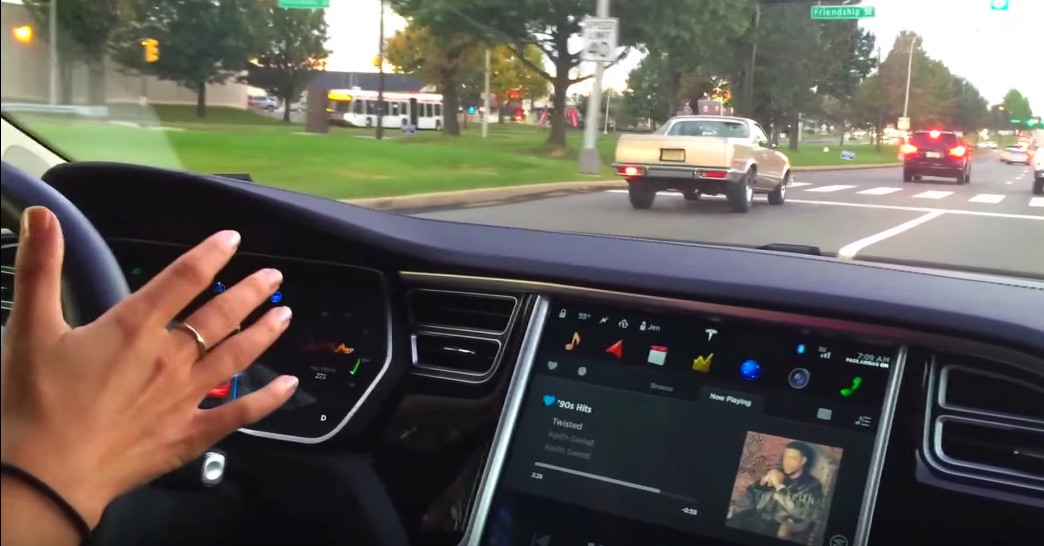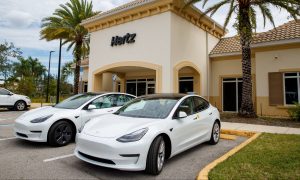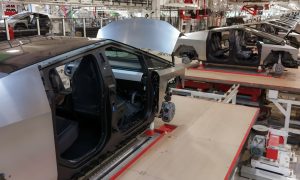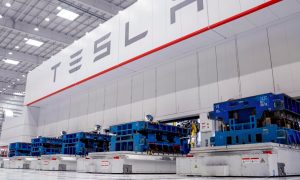No one doubts that Elon Musk wants Tesla to be the first car company to offer fully autonomous cars to the public. After last night’s announcement that second generation Autopilot hardware, with 8 cameras and 40x more powerful computer, is now included in every car built at the Fremont factory, the question is not if Tesla will be first to market with self driving cars, but when.
As noted by white hat hacker Jason Hughes, it took a year for Tesla to activate the first version of Autopilot after the hardware was first added to production cars. New Tesla vehicles with self-driving hardware will likely see the same timeline before their vehicles become fully autonomous. But why?
I find it strange that @TeslaMotors is going to ship another #autopilot that doesn't actually work on day 1. Year wait for AP1.0 software…
— Jason Hughes (@wk057) October 20, 2016
Remember, Tesla has gotten some push back on its Autopilot system since Joshua Brown was killed on a Florida highway last May. German regulators recently sent a letter to all Tesla owners warning them that Autopilot is not a self-driving system and they must always pay close attention to their driving. The California DMV has proposed regulations that would prohibit Tesla or any other company from using the words “self driving” or “auto-pilot” in company literature.
Until this point, Tesla has been free to operate Autopilot in beta mode. Regulators have deemed it to be little more than a “super cruise control” feature. But before Tesla can activate a system that purports to offer true Level 5 autonomy, it will need to convince regulators that the system functions as advertised and is safe not only for Tesla owners but for all members of the public. That is going to require data — massive amounts of data.
New Tesla Model S and Model X automobiles will run Autopilot in “shadow mode” and collect driving data that pits a human versus computer. Autopilot vehicles running in shadow mode will not take any driving-assist or self-driving actions. Rather they will only log instances when Autopilot would have taken action and compare those results to the real life actions taken by human drivers. Musk told the press that the ultimate goal is to improve its self-driving algorithms until they are better than human drivers. By having statistical data to back up the safety of its self-driving model, Tesla will have a better chance of proving to regulators that its vision for a Tesla-powered autonomous future will be safer for humanity.
However, experts in the field of autonomous driving say billions of miles of driving will be needed to verify the validity and safety of self-driving systems. Tesla now has collected approximately 220 million miles worth of data collected from Autopilot-equipped vehicles. As Tesla wirelessly adds millions more miles of driving data collected through previous generation and new ‘Enhanced Autopilot’ enabled vehicles, the company will take a commanding lead over the rest of the automotive and transportation services industry that is just beginning to understand what the future will look like.
For Tesla owners whose cars are manufactured on or after October 19, 2016 — which will include all Model 3 sedans — they will have the satisfaction of knowing their car is capable, as Elon suggests, of driving from Los Angeles to New York City without any input from the driver, then navigating New York traffic, finding a parking spot, and parking itself all without input from a human driver. It couldn’t be a better time to be a Tesla owner, especially if you care about shaping the inevitable future.











